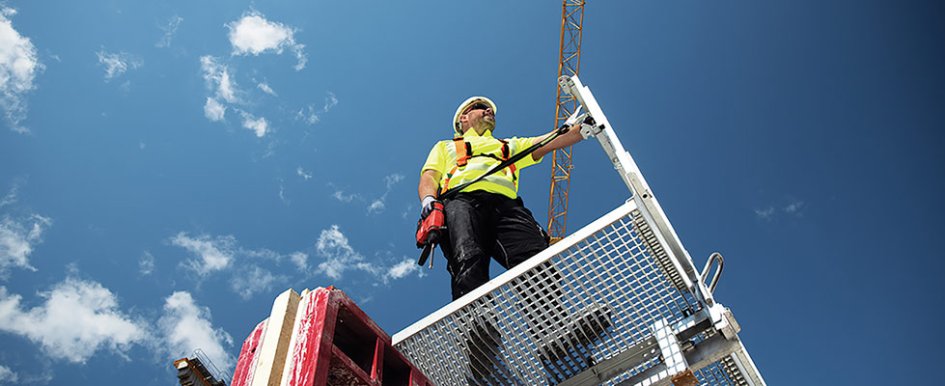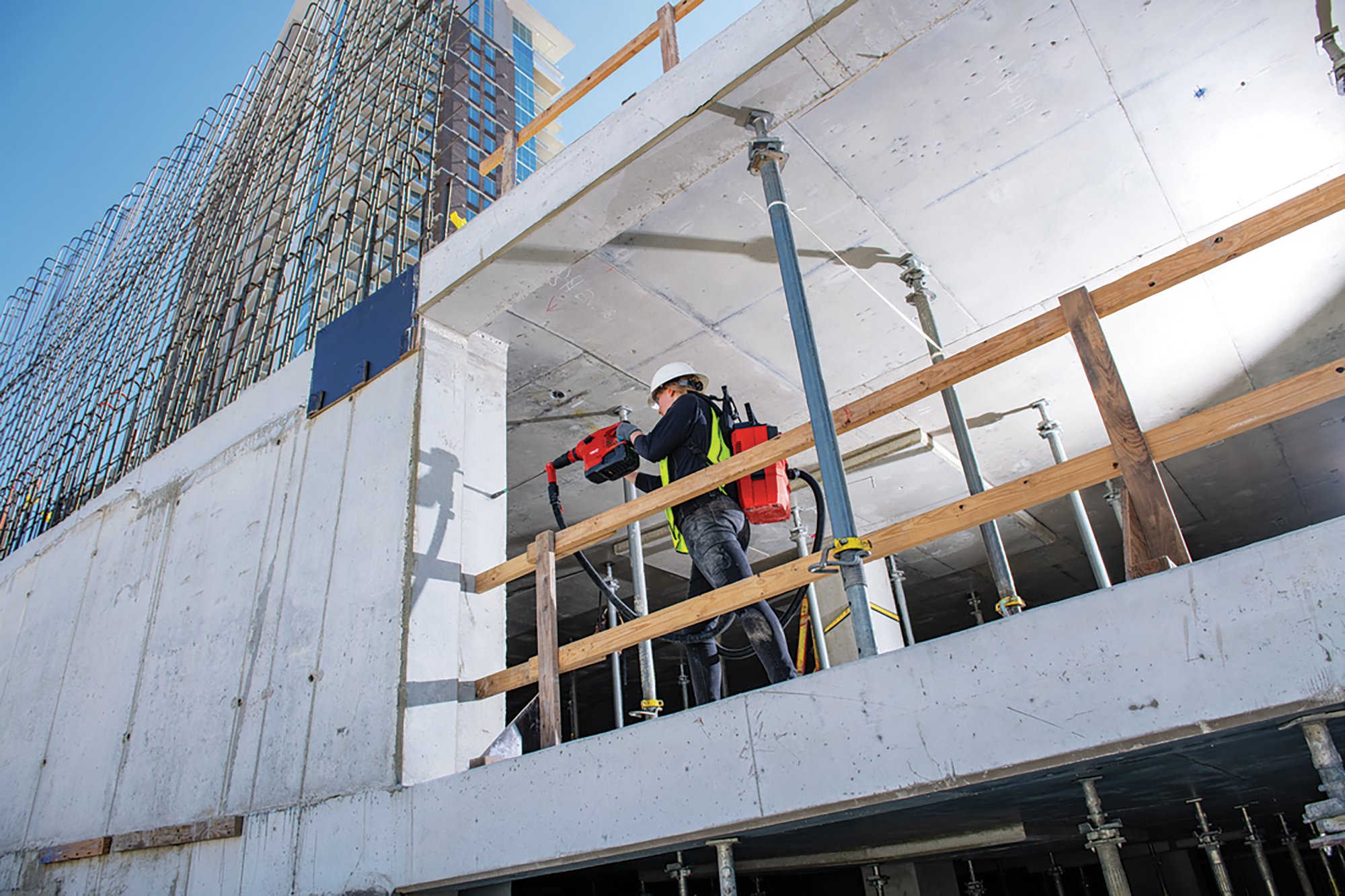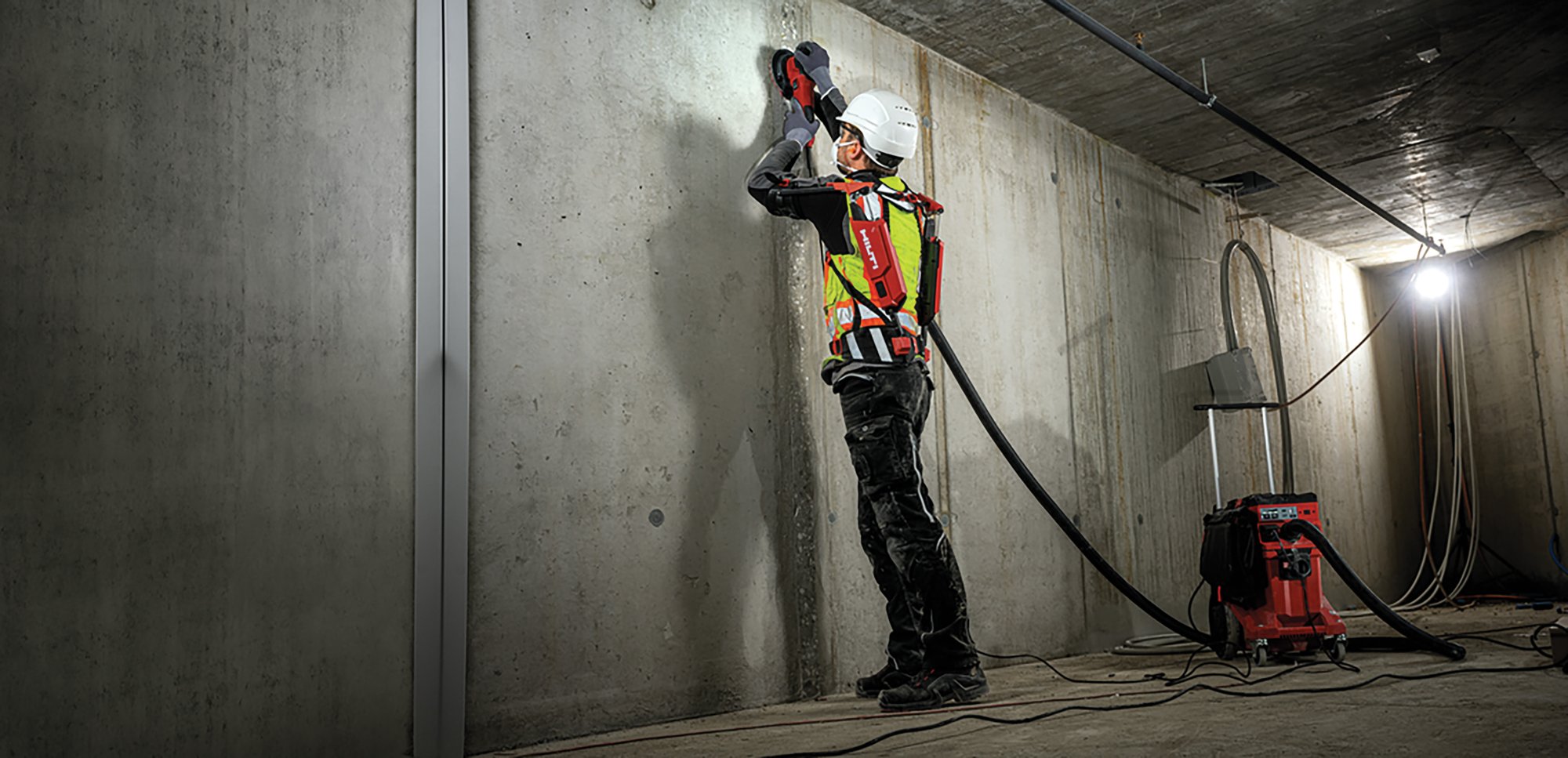
The construction industry has a bad rap: “dangerous,” “unsafe,” “unhealthy.” Beyond that, work-related injuries and illnesses hurt not just people but team morale, productivity and bottom lines. Unsafe working conditions increase downtime and make jobsites unappealing to young workers, which doesn’t help alleviate the industry’s overall decline in productivity and worker shortfall (266,000 industry job openings in the U.S. as of April 2025, according to the Bureau of Labor Statistics).
In addition to jobsite risks, contractors face compliance challenges. Regulatory bodies constantly update safety standards to meet the demands of bigger, more complicated projects; new working methods; new technologies and materials; fewer skilled workers; and ever-shrinking deadlines that demand higher productivity and faster results.
On top of the physical risks, companies must navigate a growing maze of safety regulations. Earlier this year, the Occupational Safety and Health Administration (OSHA) introduced several new updates aimed to enhance jobsite safety, with stricter penalties in place for violations. While this may feel like a step in the right direction, compliance doesn’t always equate to the safest option, and it can also compromise productivity — creating a risky juggling act for managers trying to meet both expectations. Regulations are a necessity in the construction industry; however, they are often written to satisfy the baseline. A genuine commitment to health and safety often demands exceeding the minimum criteria.
Running a safer and healthier jobsite is not just better for your on-site workforce — it’s also better for business.

Photos courtesy of Hilti.
There are effective strategies that can simultaneously help prevent injuries and illnesses, reduce costs from workers’ compensation premiums and the like, and increase productivity — all while keeping workers happier, more engaged and more committed to your team’s collaborative success.
Some examples of these strategies include adopting technological innovations in tools and processes, changing working methods and implementing effective management strategies that start at the top, with leaders, managers and especially CEOs demonstrating — not just expressing — their commitment to the health and wellness of employees.
That starts with management fostering a culture and workplace environment that prioritizes team health and safety above all else. The philosophy should then trickle down to employees looking out for one another every day and taking co-ownership of jobsite safety.
Leaders can enable a people-based safety culture by implementing regular injury-prevention activities such as near-miss analyses, safety inspections, worker-led committees and worker-established key performance indicators (KPIs) for measuring safety. This doesn’t require a huge financial investment, but instead relies on group alignment, process execution and personal accountability. For a manager, that’s all in a day’s work.
Managers can also lead by adopting a health, safety and environment (HSE) strategy that takes advantage of technological innovations. Investing in products and services that help reduce jobsite risk is a proactive approach that can also help potentially keep companies a few steps ahead of regulators.
Employees respond positively to genuine commitments to improving the health and safety culture, and business leaders who take an active role in executing effective safety strategies can expect a more engaged workforce, which leads to quicker adoption that can help measurably reduce injuries and downtime.
How Can Technology Help?
Innovations in software, tool development and engineering can all contribute to jobsite safety. Applications such as drilling and anchoring in concrete, for example, can be substituted with innovative fastening systems to virtually avoid dust, vibration and potential ergonomic strain altogether. And if hammer drilling is unavoidable, an OSHA-compliant dust-extraction system can help remove almost all the dust directly from the bit.
With new solutions hitting the market almost constantly, companies can equip their staff with tools that work smarter and safer, while giving workers assurance that they’re protected and valued.
One solution is using cordless tools with higher performance-to-weight ratios, meaning they’re lighter and more comfortable to use, especially when working overhead. However, comfort shouldn’t come at the expense of power — the effort required to use them should remain manageable.
In addition to jobsite-specific innovations, back-office technology can also help businesses move away from reactive, ineffective organizational processes. Operations teams can look to proactive, cloud-based construction management apps to tighten up common administrative inefficiencies and blind spots, including training certification tracking and personal protective equipment (PPE) management. These solutions can alert staff when trainings need to be renewed to maintain compliance and track PPE stock to help supervisors ensure dust masks, gloves and protective eyewear are always available on-site.

Support Worker Well-Being With Tools That Combine Performance & Ergonomics
- Lighter, more ergonomically friendly and comfortable tools
- More productive tools that reduce trigger time
- Power tools with vibration reduction technology such as active vibration reduction (AVR)
- Exoskeletons for assisting with lifting and overhead work
- Automated machines for dangerous or repetitive tasks
- Rig-mounted wet diamond drills with automatic feed
Strengthen Safety Culture With Modernized Solutions
- Tool-connected mobile apps that provide dust and noise ratings, on-demand safety training modules and trigger-time recommendations
- Asset management software for tracking worker qualifications and certifications, providing tool maintenance alerts, enabling transparency into PPE stock availability, and activating smoother repair or replacement of damaged/dangerous tools
- Cordless tool systems can help eliminate the weight, mess and trip hazards of cords, hoses and compressors
Help Make Dust Control Effortless — Not Optional
- Tool-integrated dust removal systems that extract virtually all dust from the source
- Hollow drill bits that integrate better with dust extraction systems
- Powerful cordless vacuum cleaners for more convenient extraction and cleanup
- Building information modeling (BIM) processes that identify ways to avoid drilling (e.g., by specifying cast-in anchors)
Reduce Risk By Adopting Built-In Protection
- Torque-control technology that helps prevent stuck tools from uncontrolled spinning such as active torque control
- Tether-ready tools to help avoid falling objects when working at heights
- Dead-man and touch-activated switches for stopping tools when the user lets go
- Battery-powered fastening tools can replace powder-actuated solutions, helping eliminate cartridges, tool recoil and sparks
- Pole tools for overhead installs mean fewer lifts, fewer ladders and fewer falls
The real world can be unpredictable, but in theory, if every hazard can be mitigated then every injury can be avoided. With a forward-thinking,safety-focused culture, purpose-built tools and technological support to address today’s toughest challenges, construction companies can go from dreading compliance audits and accident reports to embracing a new era of healthier, more productive jobsites.
